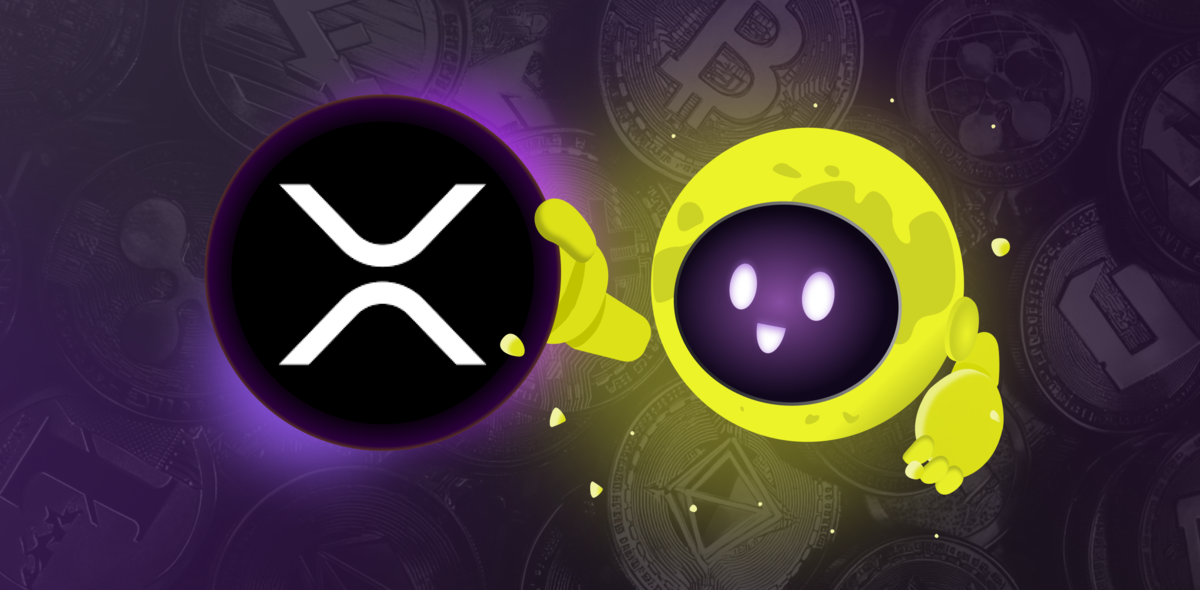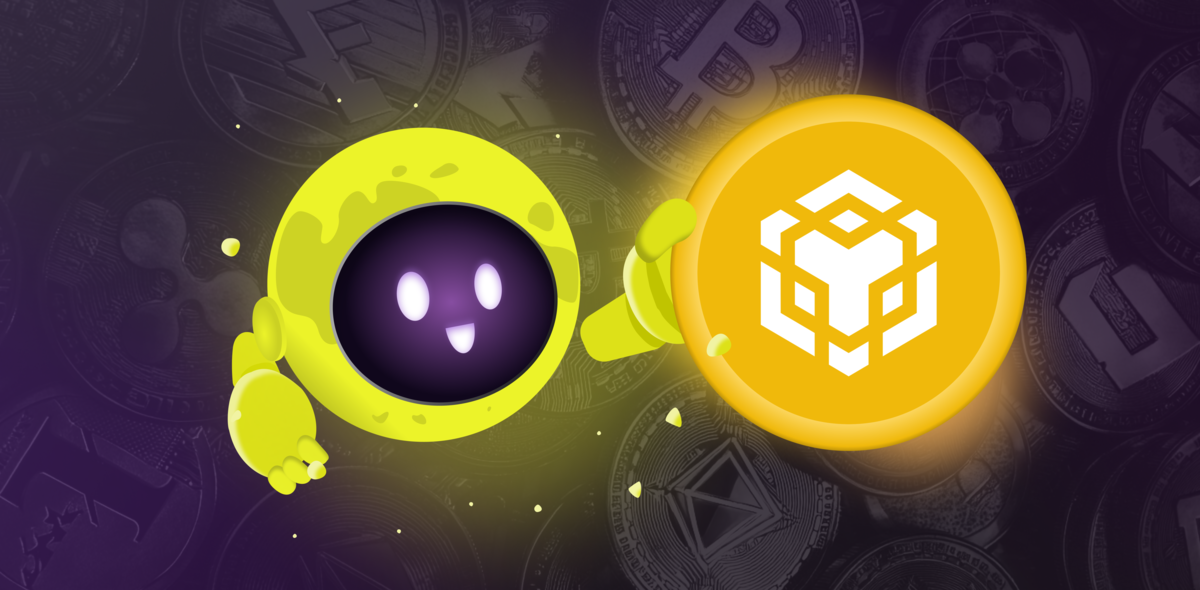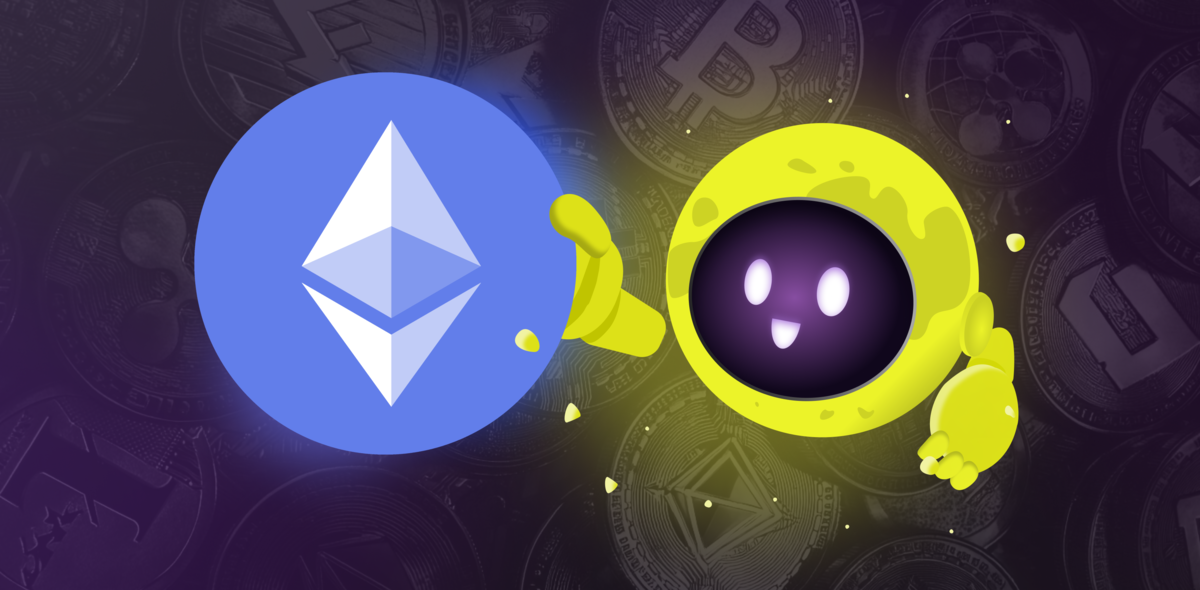
On the vastness of the network, you are more likely to meet the general opinion that blockchain-based games will revolutionize the field of games and attract billions of users to Web3. However, the reality is that there is still a lot to overcome in this sector.
Difference between Web2 and Web3 games
First, let's consider what is special about crypto games and how they differ from Web2 ones.
Blockchain
There is nothing more to add since each game is really built on its own blockchain. Often, these games are made on the Ethereum, Polygon, and Solana blockchain, or their derivatives, the so-called Layer 2 blockchains.
Tokens are the lifeblood of the game's economy and are similar in many ways to the classic in-game currency, except that typically crypto game tokens are traded on some centralized or decentralized exchange. Therefore, its rate (and, therefore, the value of different in-game perks) can change. Accordingly, there is still a high risk of holding such a currency due to its strong exposure to fluctuations.
By playing such a crypto game and purchasing tokens, you become a true investor, since it depends on you whether to wait for the token to grow or sell it here and now.
Non-fungible tokens have become the main hallmark of crypto games. This type of token is designed to certify the ownership of the in-game assets (land, weapons, images, etc.). They are also presented as tokens and can be stored in your cryptocurrency wallet.
Historical context of blockchain-based games
The formation of Web3 games began during the first significant stages of the development of blockchain technology. In particular, with the introduction of Ethereum’s smart contracts and dApps in the early 2010s.
The first crypto game was Dapper Labs' CryptoKitties, which launched in 2017. This "collectible" crypto game allowed players to purchase, breed, and trade digital cats, each of which was a unique NFT asset on the Ethereum blockchain.
Thanks to blockchain technology, players were able to actually own their game assets, which challenged traditional games. CryptoKitties immediately became so popular that its high traffic and the associated load on the Ethereum network led to a decrease in transaction speed and an increase in commissions.
CryptoKitties proved the value of game items and instigated the adoption of blockchain technology and NFT in games. It was the format of the token that provided in-game items with greater liquidity and made it possible to earn by speculating on the price. This could not but attract the attention of a wide audience. As the blockchain developed, the technology began to be used by an increasing number of games, which opened the door for scaling Web3 gaming.
Today, most crypto games have switched to the play-to-earn (P2E) model and offer much more than a "collection" of cute cats like CryptoKitties. Axie Infinity, Gods Unchained, and others appeared, each of which brought something different to the formation of the crypto games market.
The P2E genre allowed players to receive rewards in the form of NFT and tokens for the time spent in the game, for completing tasks, or for developing the ecosystem. Games with this structure have further shifted the gaming paradigm towards increasing income, rather than enjoying the game. This seems to be one of the problems of the crypto games market.
Key missing elements in the crypto games market
Opportunity to earn in such games became the key success element of crypto games. And still, we don't know about any Web3 game which we would come to play, but not to earn fast money. Why does that happen, and what is missing in crypto games?
Game quality and variety
At the moment, GameFi lags far behind other game sectors on quality and the general value of content. Now the passive income and a reward are regarded as paramount in the majority of crypto games.
Unfortunately, it goes at the expense of high-quality game content which couldn’t concede to other video games. Even the industry of mobile games which is considered as a less qualitative and casual niche considerably advances the GameFi market on all important indicators. Since gameplay, visual design, replayability to the design of characters and a plot, GameFi can offer little even for a causal game audience.
Partly this results from the fact that most famous game developers haven't experimented with blockchain technology yet, leaving the industry in the beginners’ hands. Therefore, if incentives of a reward become unstable that often happens, crypto game projects will have nothing to offer to hold the audience.
User experience and accessibility
The next problem follows from the above - the interface is not clear to users as well as the gaming experience. Management of digital wallets, study, and understanding of blockchain terms can seem complex and quite tiresome to the beginner who got used to traditional games. Therefore, an intuitive control system of wallets or ready-to-everyone grasp guides for process management are missing.
Simplification of experience and the convenient interface — the right way to improve availability, the fast players’ adaptation, and an increase in mass appeal.
Scalability and performance
GameFi projects often face a scalability problem because platforms have restrictions for simultaneous transaction processing. As demand exceeds available block space, the cost of transactions sharply increases access limits for some users. In general, a game where it is required to wait long for in-game transactions and pay big fees will hardly be able to assemble an audience.
In this regard, creators of games choose faster networks, such as Solana, Polkadot, Polygon, Wax, and BSC (Binance Smart Chain). And blockchains work to increase scalability and create cross-chain integration.
Also, not all crypto games can boast performance quality while providing seamless animation, smooth graphics, and high sound quality play a crucial role in the creation of fascinating game content.
Interoperability
The idea of compatibility of blockchains is perhaps the most popular in the crypto sector now. Overcoming barriers between virtual economies will present to the Web3 world a consolidated dynamic ecosystem in which digital assets will keep their value and relevance outside separate projects. Game developers also strive for this goal. When it is reached, then players will be able to move freely between games, transferring their assets and opening new opportunities for intergame cooperation, trade, and social interaction. Although we are still at the beginning of a way, it doesn't seem like a utopia today.
Impermanence
Meanwhile, crypto games attract an audience only with an opportunity to earn. It should be noted that most of the players are residents of Asia Pacific countries that use games as an earnings source. P2E projects reward the users for time spent in a game.
Recently this system degraded to the play-to-airdrop model. It means that the player shouldn't overstay longer in a game, and it is only enough to wait for airdrop to pay for the spent time. And if such a game doesn't carry away users with qualitative gameplay, motivating them to continue to play, then it is in for slow fading.
The last trend of P2E crypto games is clicker games. They cause suspicions concerning the duration of their existence too. Despite the growth of the interested audience, many experts are wary of such games as Notcoin and Hamster Combat. They warn that these hype projects can collapse as financial pyramids at mass get out of funds. However, others see the future of crypto games and an increase in acceptance of these accessible games.
Case studies and examples
Now let's take a look at the cases of several popular projects.
Axie Infinity
Axie Infinity, released in 2018 by Sky Mavis, quickly gained recognition as the leading Web3 game, thanks to its vibrant community. Based on Ethereum and Ronin blockchains, it operates on a play-to-earn model where players breed and battle pets known as Axies. These can be upgraded for PvP combat and traded on the decentralized Katana marketplace. Players earn SLP tokens through daily logins and adventures.
At its peak in 2021, Axie Infinity boasted 2.8 million daily players and over $4 billion in yearly transactions. However, by the fall of 2022, daily player numbers plummeted to below 400,000 due to token volatility, a major hack on Ronin, high fees, and waning interest.
Recent updates, like Axie Infinity Origin, aim to stabilize the economy by making the native token deflationary and introducing new gameplay features, thereby encouraging sustained player engagement over speculative activities.
Sandbox
Sandbox has evolved beyond a simple game into a platform where players create NFT-based projects and own virtual LAND assets. Players earn by developing and selling unique assets on the marketplace, leasing their LAND, and participating in platform activities for SAND tokens.
Initially popular for collaborations and events, Sandbox's player base peaked with daily users reaching 1,000-2,000. However, maintaining interest became challenging, leading to a decline to approximately 650 active players. Despite this, recent funding of $20 million aims to enhance platform functionality, including a planned mobile app launch in 2025, boosting SAND token value.
The platform also took care of the involvement and empowerment of creativity and game developers replenished its reserves with cryptocurrencies SHIB, PEPE, DOGE.
Potential solutions and future directions
Definitely, the cryptocurrency gaming sector will continue to develop. Whether crypto projects can fascinate us with an exciting game world or will remain only a means of earning money — time will tell which game model will prevail.
The usual high-quality gaming will happen if games start moving from the “play-TO-earn” to the “play-AND-earn” model. Then, the players, as in traditional role playing games, will be primarily interested in the gameplay itself, and not in earnings as such, which will act as a pleasant bonus and addition. The emergence of AAA games (like Star Atlas or Illivium) and the arrival of large game studios, most likely, meant the transition to this model. On the other hand, the speculative nature of the cryptocurrency market contributes to the survival and development of projects such as crypto casinos and clickers.
Let's not forget about regulatory problems. As the crypto games market grows, addressing these issues will take their future bearing. Transparency and compliance will be essential to building trust and legitimacy in the industry, ensuring players’ protection from fraud. Collaboration between industry stakeholders, regulators, and politicians will bring clarity to a complex regulatory environment and unlock the full potential of crypto games for players, developers, and investors alike.




